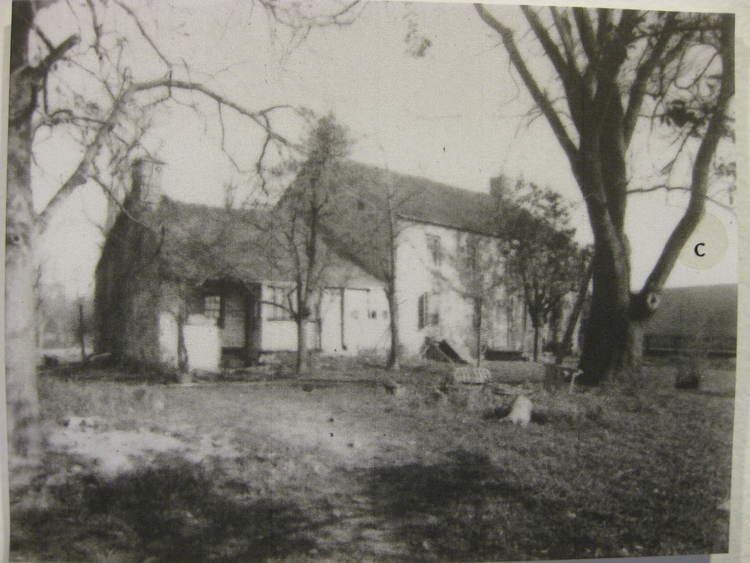Built 1758 Opened 1758 Added to NRHP 21 March 1978 | NRHP Reference # 78001841 Area 3,238 m² | |
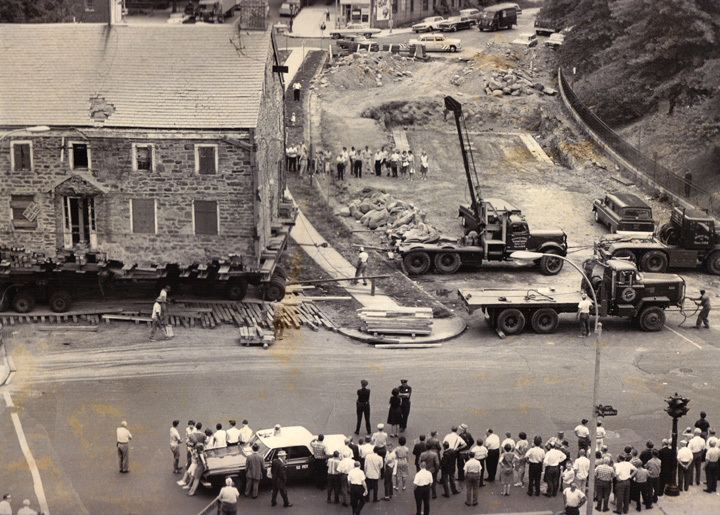 | ||
Similar Bronx Historical Society, Van Cortlandt House M, Edgar Allan Poe Cottage, Bartow‑Pell Mansion and Carri, Hall of Fame for Great Am | ||
The Valentine–Varian House, built in 1758 by Isaac Valentine and located in the Norwood section of the Bronx is the borough's second oldest house and oldest remaining farmhouse. The house remained in the Varian family, which included Isaac Varian, New York's 63rd Mayor until 1905, when it was sold. It is currently a part of the Historic House Trust and houses the Museum of Bronx History and the offices of the Bronx County Historical Society. It is a two story, five bay fieldstone residence with a gable roof. It was moved to its present site in 1965 and restored between July 1965 and May 1968.
Contents
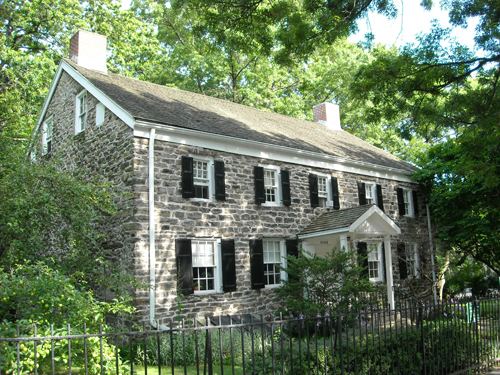
During the American Revolutionary War, the House was occupied by Hessian, British and American troops and survived the war despite a series of battles fought nearby. The House's role in the Revolutionary war was documented in a book published in 1983. The house withstood significant vandalism in the 1960s when it was being converted for use into a museum. Since its conversion to a museum it has held a number of exhibits about The Bronx and the borough's history.
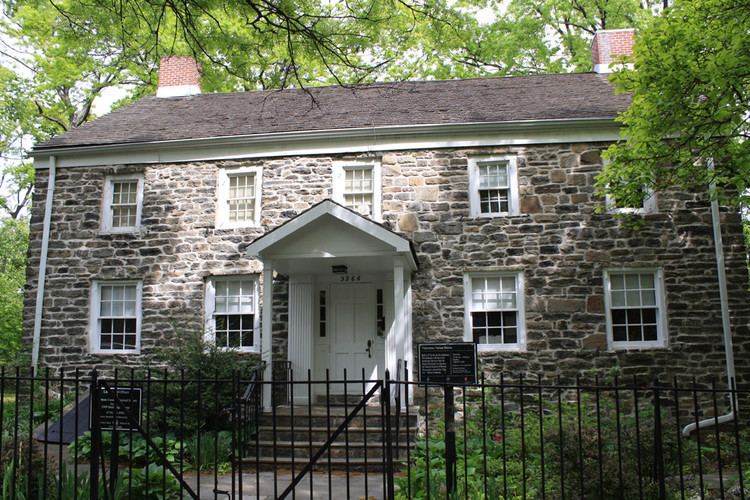
History
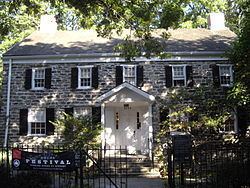
This second oldest house in the Bronx was built by Isaac Valentine, a prosperous blacksmith and farmer from Yonkers in 1758. It was built out of nearby natural resources such as pine trees for interior flooring and stone for the exterior walls. During the Revolutionary War, the British captured this house in 1776 and held British troops as George Washington was stationed in the nearby Van Cortlandt house. This house then became the scene of frequent conflict between British and American troops. Isaac Valentine often encountered unwelcomed visitors since the 3rd amendment (no soldier shall, in time of peace, be quartered in any house without the consent of the owner) was not established. Nevertheless, George Washington used the Valentine–Varian House as a strategic location to defeat the British. The house is situated on Gun Hill Road. The colonists used this highest point of the east end in the Bronx overlooking the Boston Post Road and gathered at the top of the hill to fire a cannon against the British who were at the bottom of the hill, hence its name. After the Revolutionary War, Isaac Valentine faced bankruptcy due to the rising inflation as the nation attempted to established an economy with their newfound independence. The Hessian fly was also a contributor to Isaac Valentine’s financial ruin where wheat crops were blighted in southeastern New York. As urbanization outpaced his farming techniques, Isaac Valentine sold his house to the wealthy Isaac Varian and his family in 1792.
Political significance

When the Bronx was on the verge of extinction in the 1970s and 1980s due to economic hardships, the Valentine–Varian House was too vital of a landmark to go down in ruins. This garnered the attention of president Jimmy Carter who realized the urban neglect to the Bronx was unjustly ignored, leading to increased state funding for preservation of this borough. Additionally, Isaac Varian handed down the house to his son, Isaac L. Varian, who was a democratic New York state legislature and held office as the 63rd mayor of New York City (1839–1841). Currently, along Gun Hill Road, several political leaders such as Larry Seabrook and Bronx borough president, Ruben Diaz Jr., have their office located on this landmark.
Past to present changes
The area was originally an agricultural based economy as colonists settled to live amongst the farmland. After the Civil War, the Great Migration occurred as several Southern blacks migrated north seeking employment. This explains the densely populated black and Hispanic population that currently resides in the borough today. It also credits the urban landscape of the borough, where delis and hair salons dominate every corner resulting from the commercialism that dominated the Bronx after the Great Migration. Currently, the house is located on 3266 Bainbridge Avenue often sticking out as a suburban house that does not coincide with the urban landscape. This is due to the house maintaining its Georgian style architecture as if it was on farmland before the Bronx underwent urbanization. When Manhattan was once a very overpopulated borough, most residents moved to the Bronx establishing their own neighborhood and transportation system which explains its modern appearance. Moving on from the surrounding area, the Valentine–Varian house itself is preserved by the City of New York Parks and Recreation while facilitated through the Bronx County Historical Society. The house was originally across the street from its current address, but apartment buildings now occupy its initial location. Within the house, it serves as a museum to illustrate Bronx history through the Revolutionary War to present day. It contains an exhibit highlighting the history of the house, a room of American presidents who contributed to the Bronx, and a display of collective items from actual American wars. There is currently no residence and although the site is a two–story house, the top floor is not for public access. It is well preserved since the original floor planning and structure is kept to maintain and respect the architecture. Outside, there is a statue of a Civil War soldier sculpted by John Grignoloa, but the statue shares no history with the Valentine–Varian House. It, however, was built alongside a river in which it fell and was found near the site. The Bronx County Historical Society restored it to its original standing and claimed ownership of the statue to display near the house. Since its presence in the Revolutionary War, the Valentine–Varian House survived over 2 centuries of change to where it currently stands today as a listed National Register of Historic Places landmark.
The Bronx River Soldier, sometimes called Bronx River Sentry statue is located on the grounds of the House.
